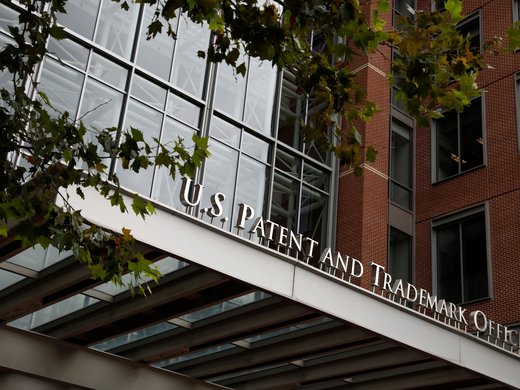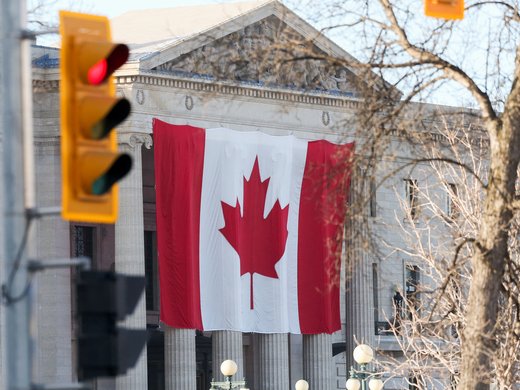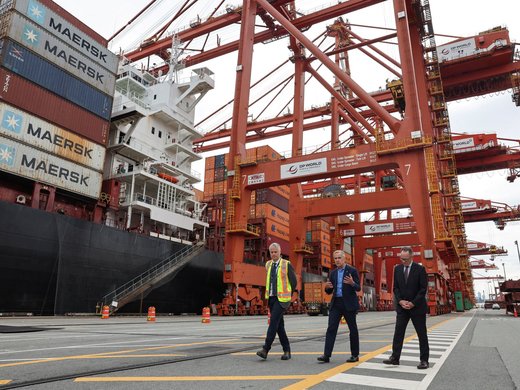The United States has a history of dairy subsidies, going back to the 1930s. Since World War II, the country has also attempted to impose its vision of trade liberalization upon a suspicious world, sometimes in concert with what is now the European Union and sometimes on its own. This background paper explores the historical evolution of US trade policy as seen through its negotiations on the dairy file in international trade negotiations, largely sponsored by the General Agreement on Tariffs and Trade and, after 1995, by the World Trade Organization. In these multilateral discussions, issues of agricultural protectionism and exceptionalism were addressed. It was not until the Uruguay Round (1986–1993), however, that agriculture was included in these negotiations, as neither the European Union (and its antecedents) nor the United States demonstrated any interest. While Uruguay was a tentative beginning, the subsequent Doha Round has dissolved over agricultural problems.
As a result, at least in part, the United States embarked on a regime of bilateral (and multilateral) negotiations. The most important of these are the Trans-Pacific Partnership, which was completed on October 5, 2015 — although ratification, if it happens, is at least two years into the future — and the Transatlantic Trade and Investment Partnership, a critical conversation being held with the European Union. Again, this background paper uses dairy as the sector through which to examine US trade and agricultural policy.


